標準ズームレンズ。レンズ交換式カメラを買ったときに初めて手にする汎用性の高い画角である一方で、「標準」という特別感のなさのためか使用機会が減ってしまっていたレンズでもあります。一般的にも、水中写真に用いられるのはマクロレンズ、魚眼レンズ、超広角ズームレンズといった特殊なレンズ群であり、水中という非日常的空間をより特別に描き出してくれます。しかし諸般の事情から、私のオプションに加わることになった「Sigma 24-70mm F2.8 DG DN Art」という標準ズームレンズを使って、シンガポールの海を撮ってみたところ、想像を超えた楽しい世界がありました。
Standard Zoom Lens. It is typically the first lens you acquire when you buy a DSLR. However, due to its lack of uniqueness, it is often used less frequently. Generally, underwater photographers commonly rely on specialized lenses such as macro lenses, fisheye lenses, and ultra-wide zoom lenses to highlight the extraordinary underwater environment. Nevertheless, for various reasons, I chose to include the “Sigma 24-70mm F2.8 DG DN Art” standard zoom lens in my arsenal. Then I discovered a pleasantly surprising world beyond my imagination.
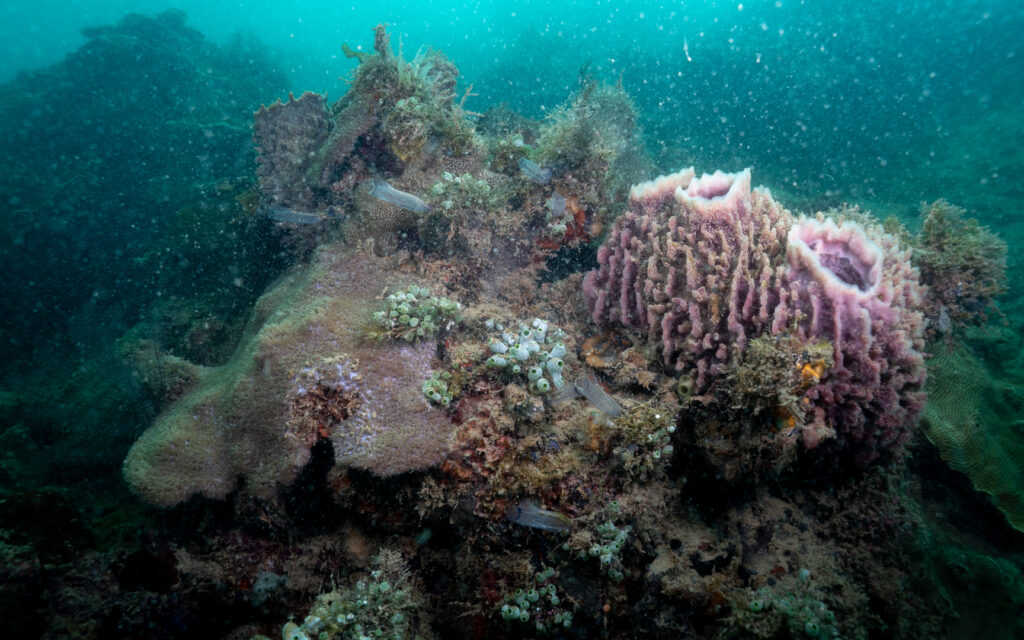
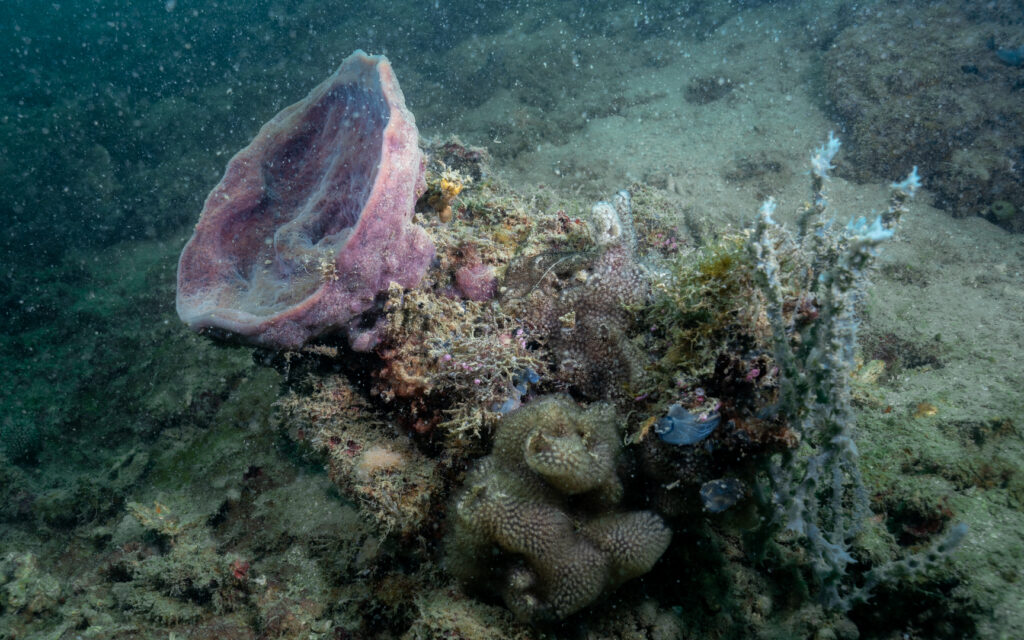
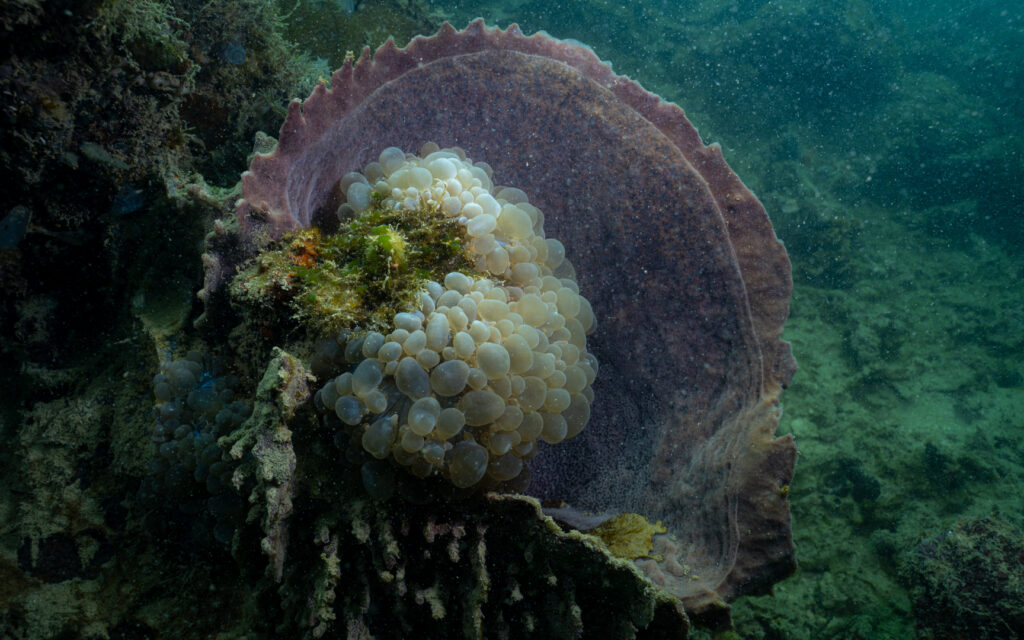
まずは緑色の海に降り注ぐマリンスノー、そしてサンゴたちの写真です。土色をした堆積物を受け止めながら、なお色鮮やかなハードコーラル、ソフトコーラル、そしてホヤの存在を確認できます。光も然程入らないため生育環境はよくないものと思いますが、逞しく存在しています。いずれも10m未満の水深です。
First, we have photos of corals with marine snow gently descending into the green sea. Even as they collect sediments, you can still observe the vibrant presence of hard corals, soft corals, and sea squirts (ascidians). In these dimly lit waters, it may not be the most ideal environment for coral growth, but these organisms persist with resilience. Surprisingly, all of these photos were taken at depths of less than 10 meters.
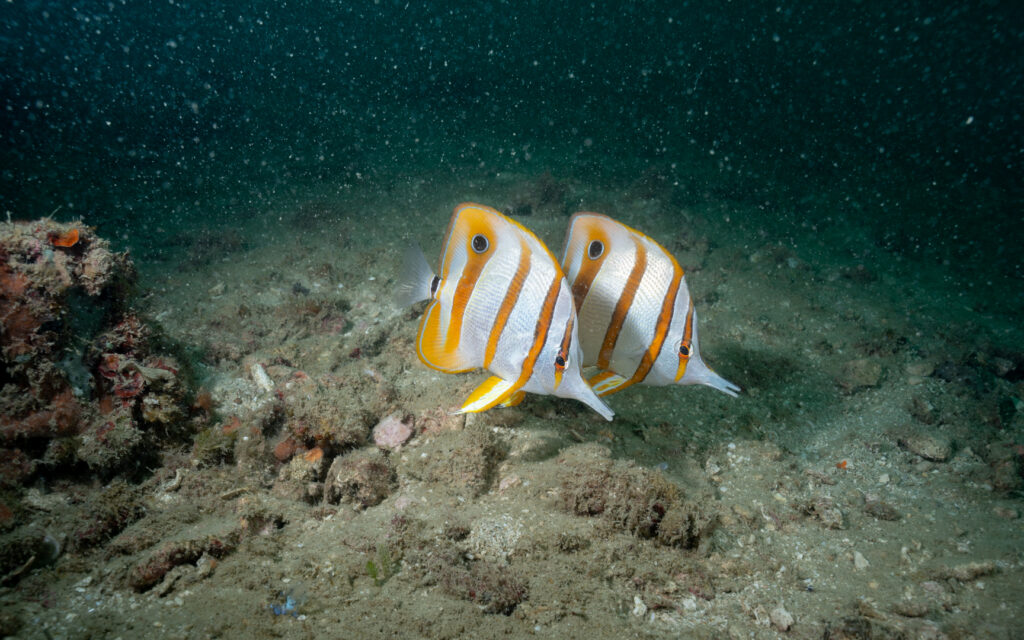
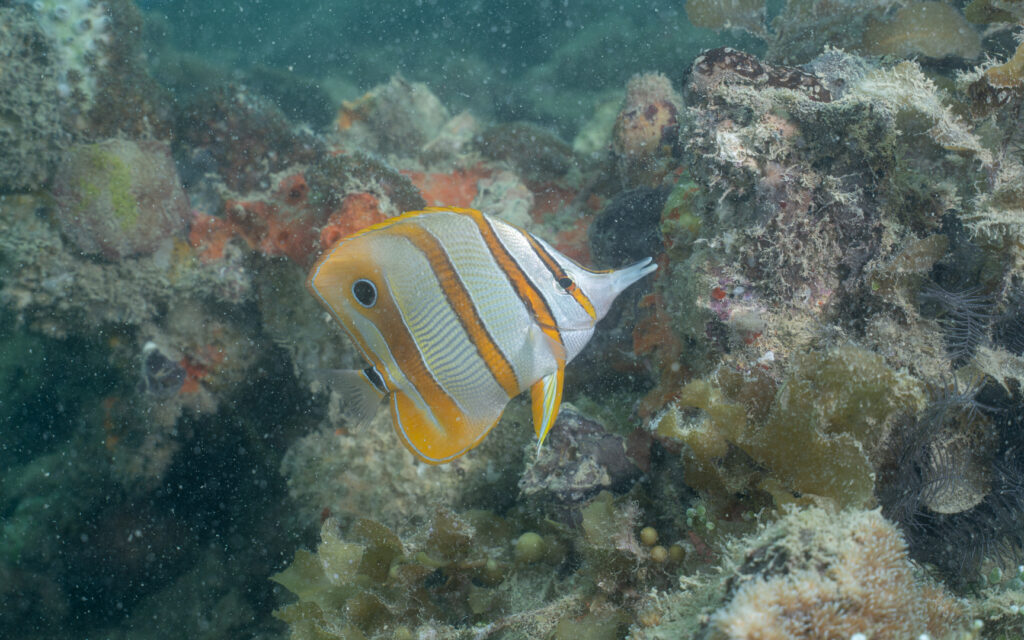
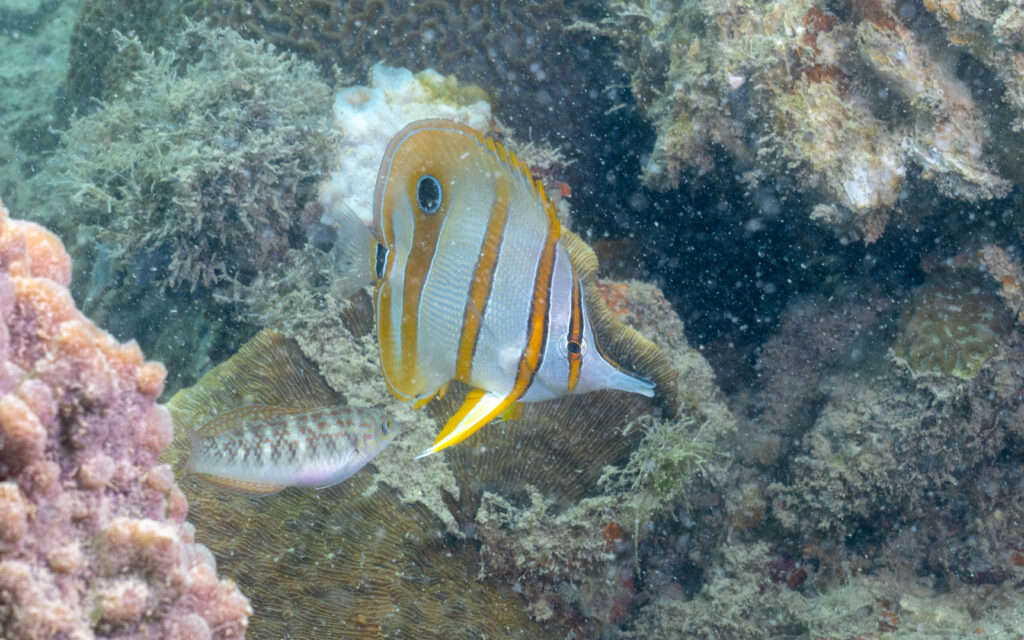
次にHantuのアイドル、ハシナガチョウチョウウオです。100mmクラスのマクロレンズでは全身を収めることはできませんでしたが、このレンズならば可能です。さも深海であるかのように光が遮られた水底や、土色の中にもオレンジやピンク色が混じる背景の中を泳ぐ様子を捉えることができました。ダイバー慣れをしているため、どんどんと私の方に寄ってきますが、24mmまで引けるので問題ありません。
Next, we have Hantu’s idol, a copperband butterflyfish. With a 100mm macro lens, it was challenging to capture its entire body, but with this lens, it is now possible. I was able to capture their appearance as they swim amidst a backdrop that mimics the light being blocked, as if it were the deep sea. They navigate through the sandy bottom and earthy surroundings, with splashes of orange and pink mixed into the background. These butterflyfish are accustomed to divers and approach me with confidence, but I can zoom out to 24mm, so it’s not an issue.
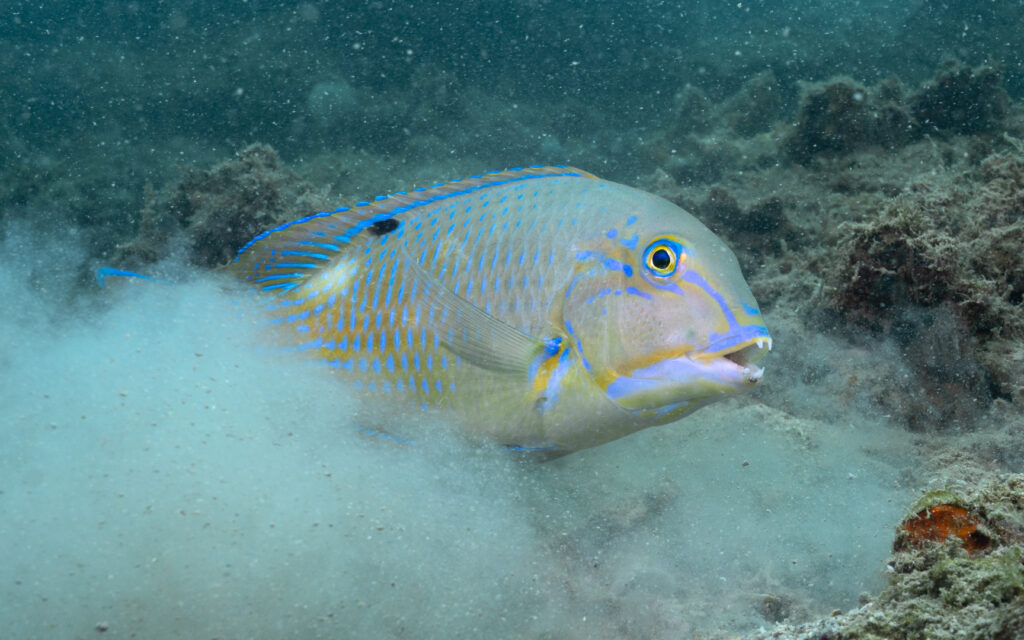
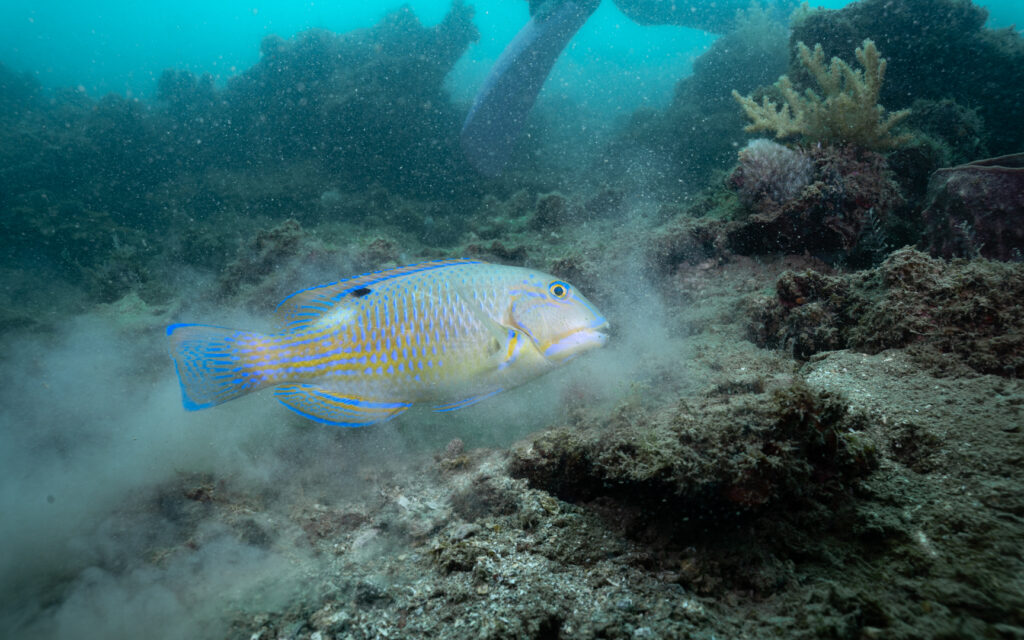
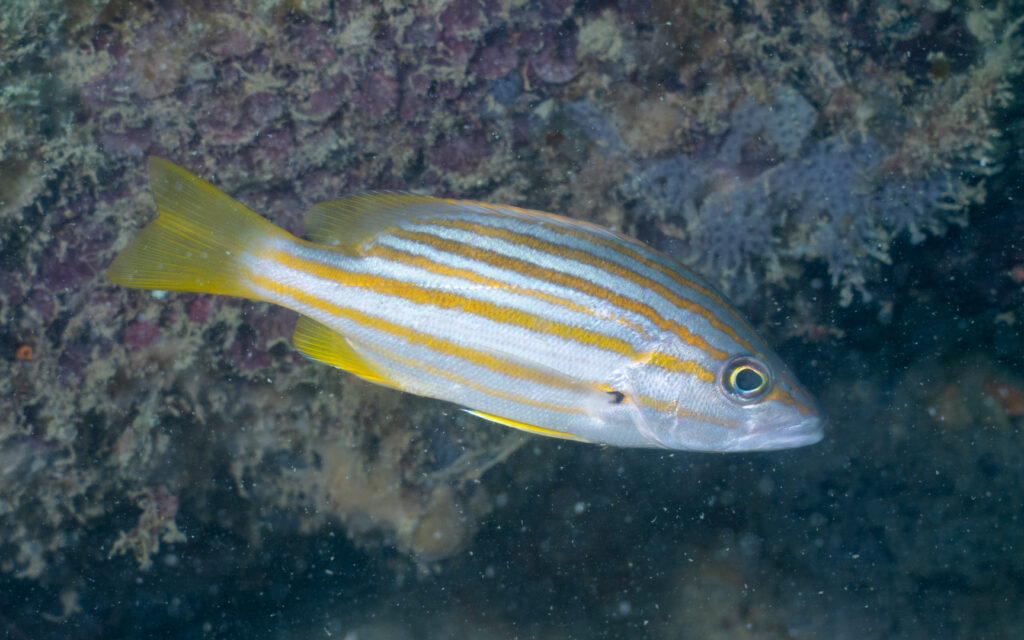
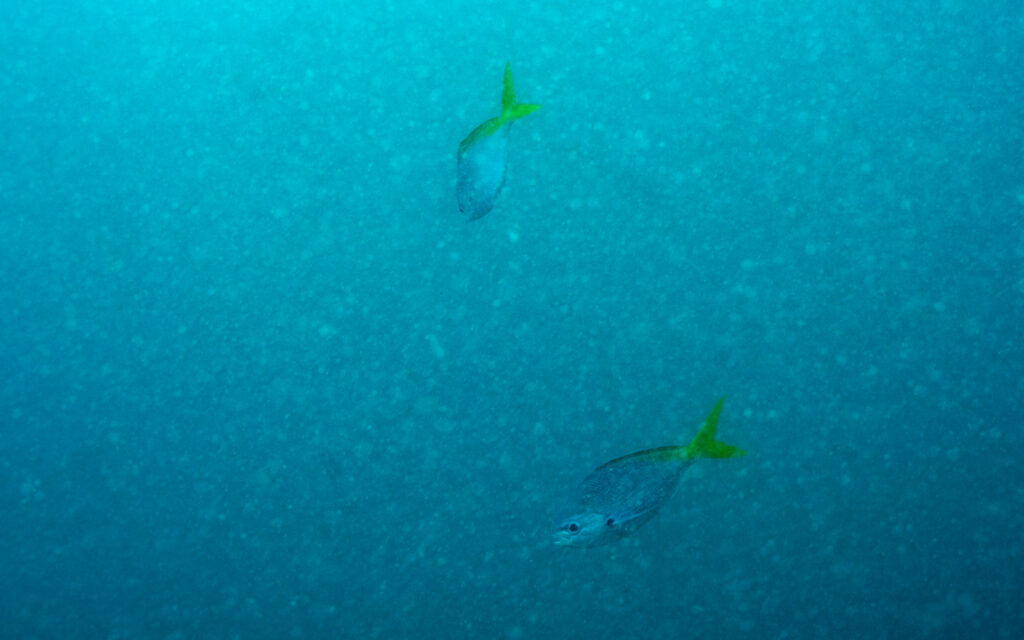
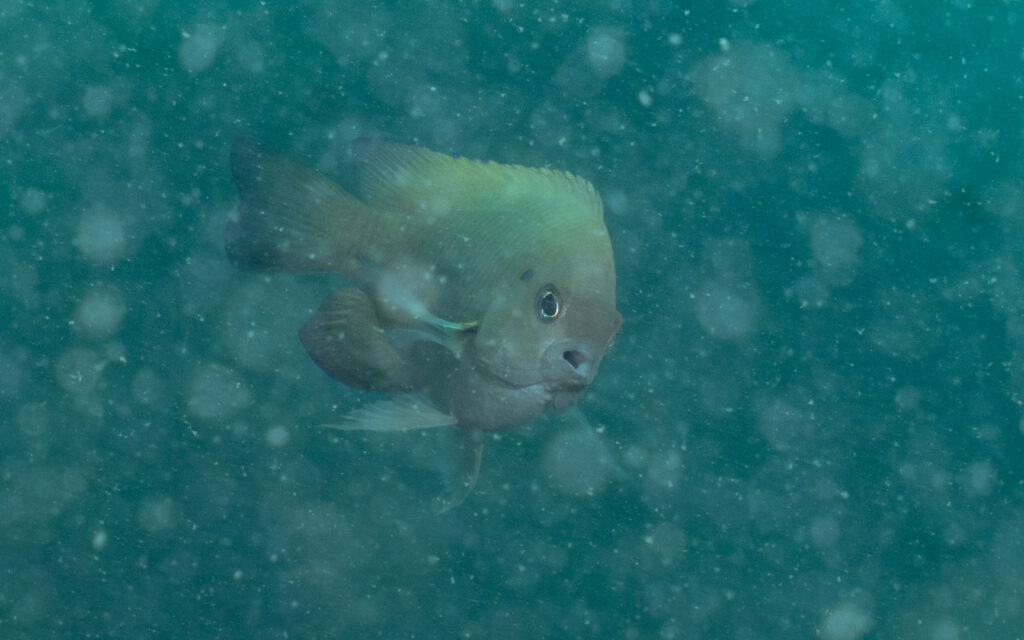
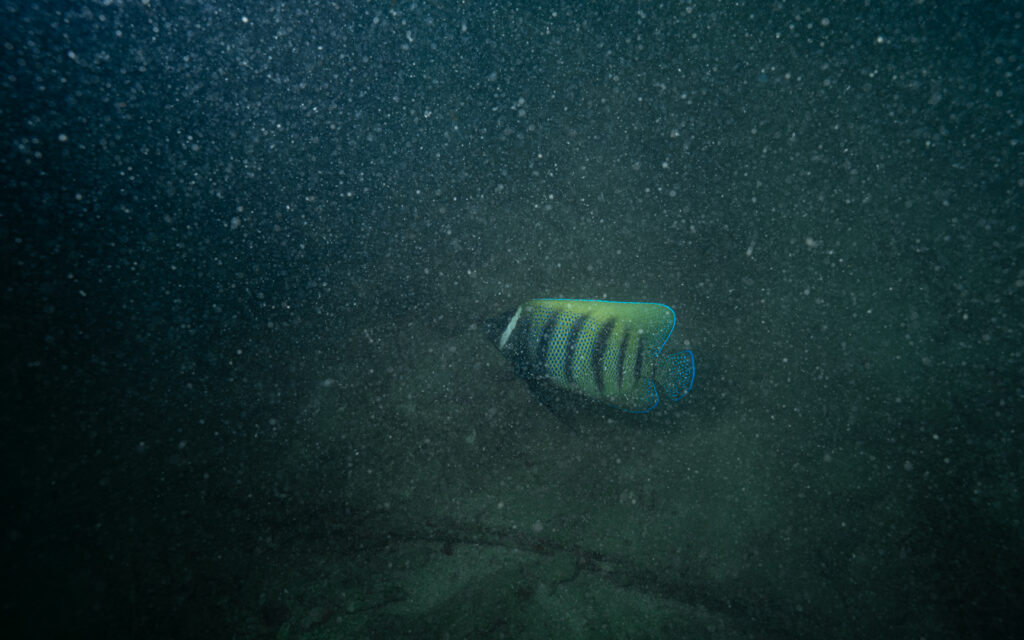
より大きな被写体も問題ありません。ストレスなく全身を収められる、しかも機会が許せば十分に寄れる自由度を得ることができます。レンズが変わると視点が変わり、これまで着目してこなかった生物たちに気付くこともできました。
There’s no problem with larger subjects either. With this lens, I can comfortably capture their entire body, and if the opportunity allows, I can get close enough for an ample degree of freedom. Changing lenses alters my perspective, and it has enabled me to notice a new thing which I hadn’t paid much attention to before.
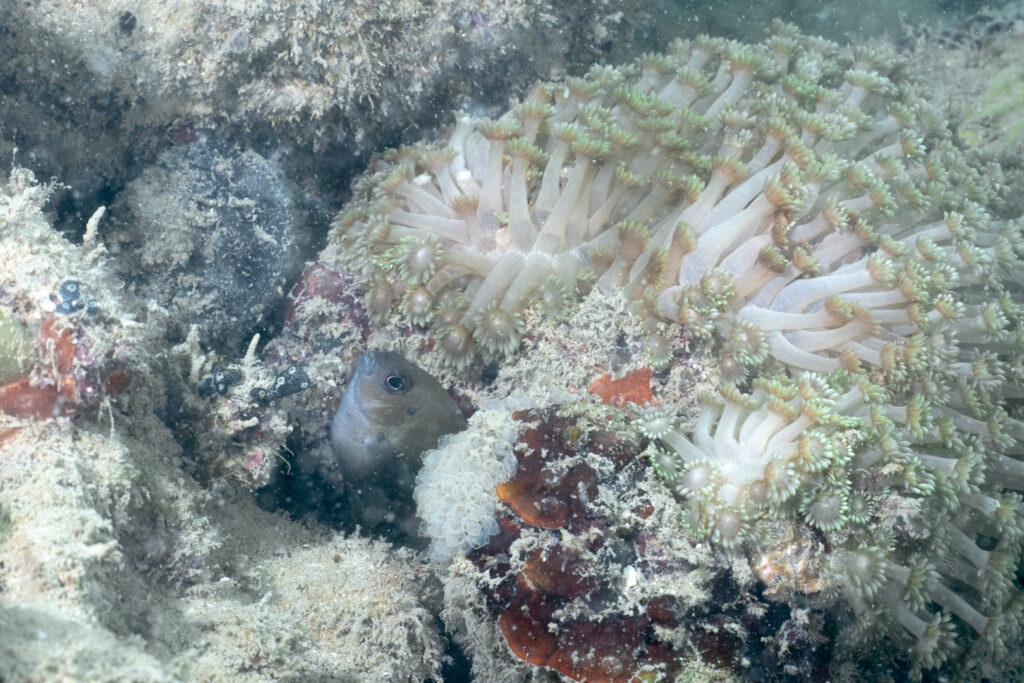
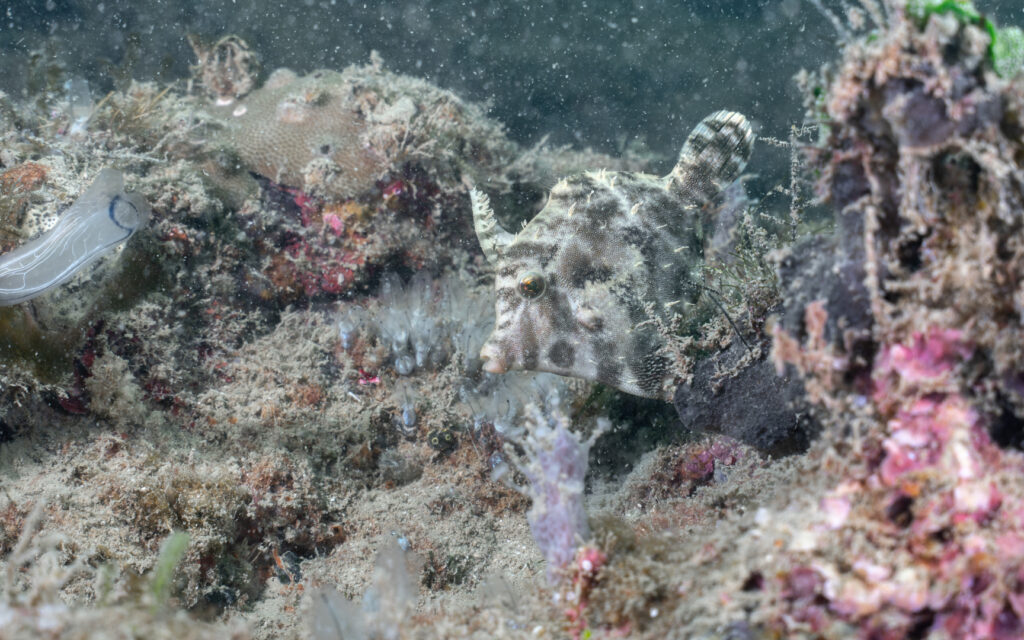
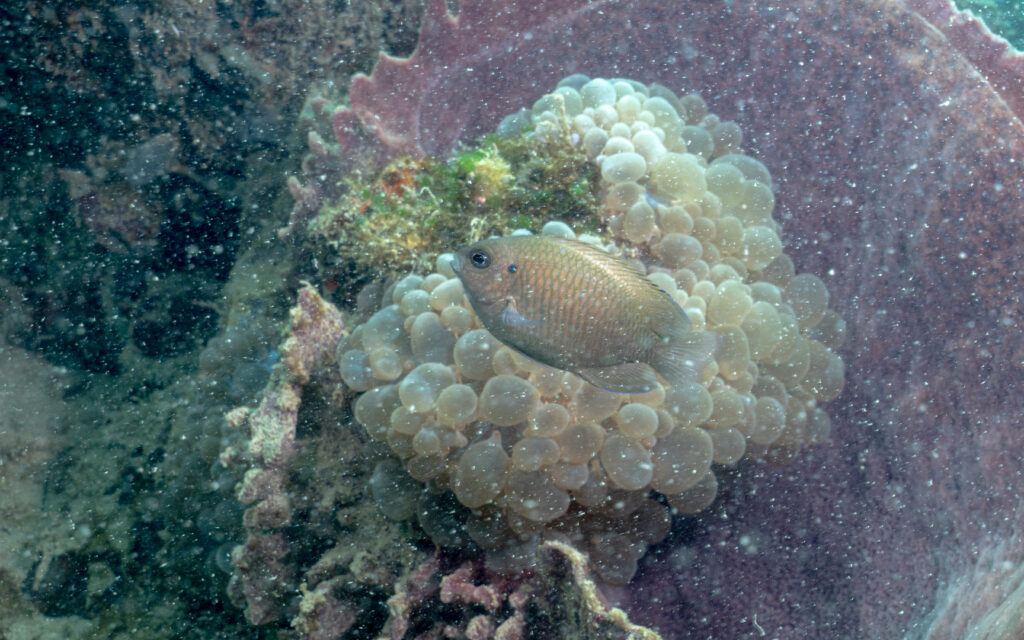
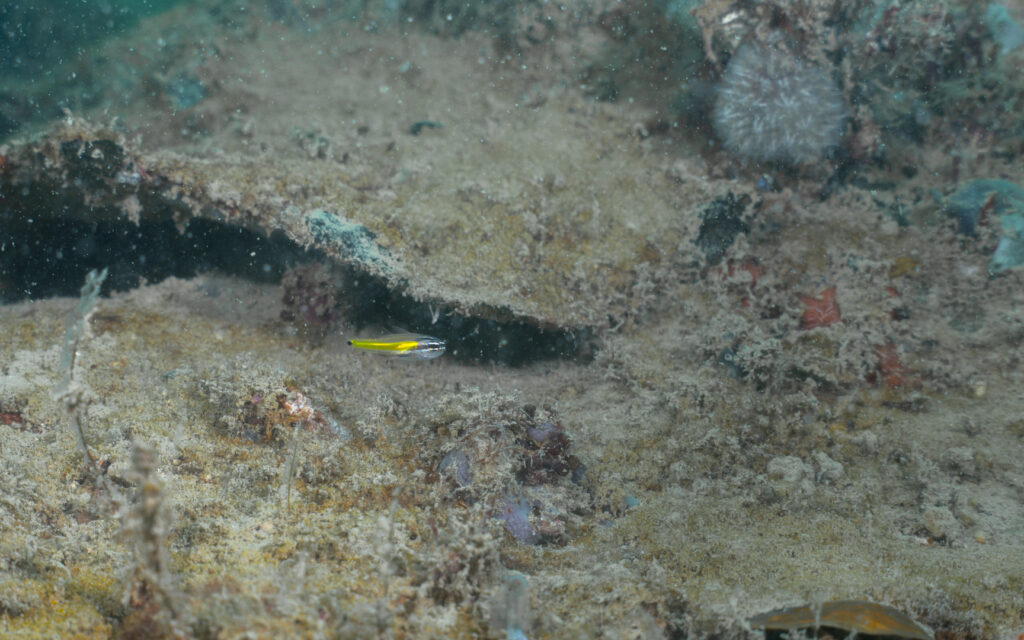
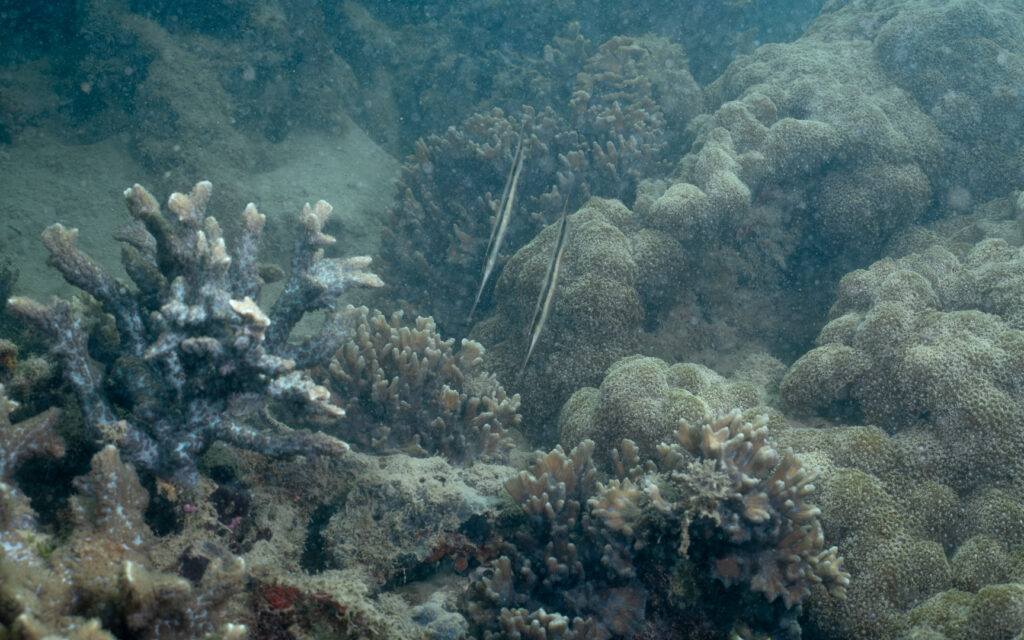
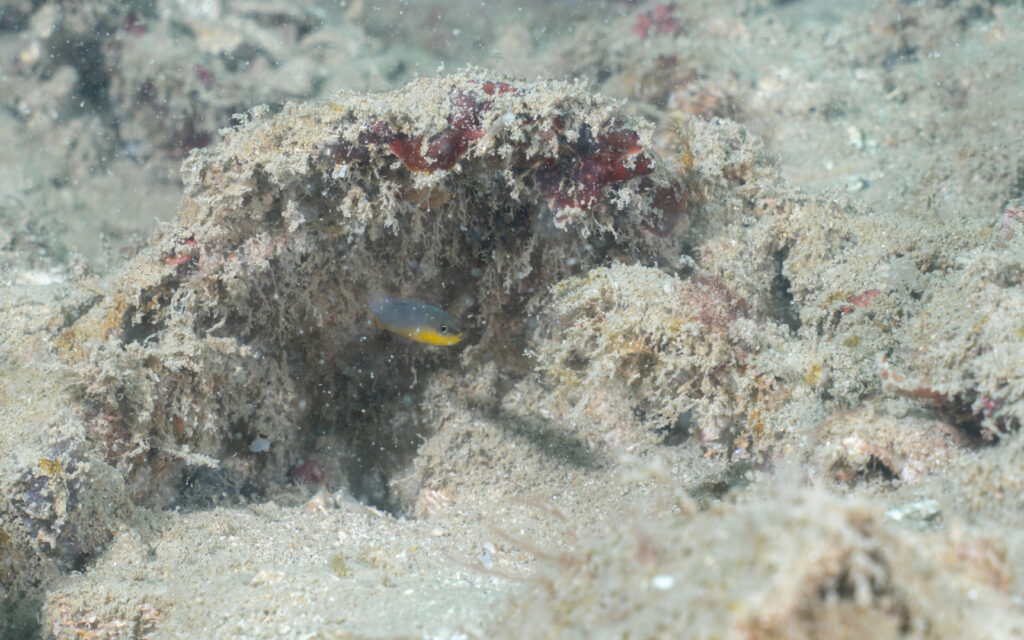
生息環境とともに被写体を収めたい欲は、水中写真を撮る者であれば多かれ少なかれ持つものではないでしょうか。マクロにおいては背景を厳選せねばなりませんが、標準ならばあれもこれもまるっと収めて絵にすることができました。とても贅沢です。少し引いた画角から被写体を収めることができ、表現の幅を増やすことができるように思います。
The desire to capture subjects along with their natural habitats is something that underwater photographers, to varying degrees, commonly share. In macro photography, one must carefully select the background, but with a standard lens, I could include everything in the frame, which felt quite luxurious. The lens allowed me to capture subjects from a slightly wider perspective, expanding the range of creative possibilities, and it was truly gratifying.
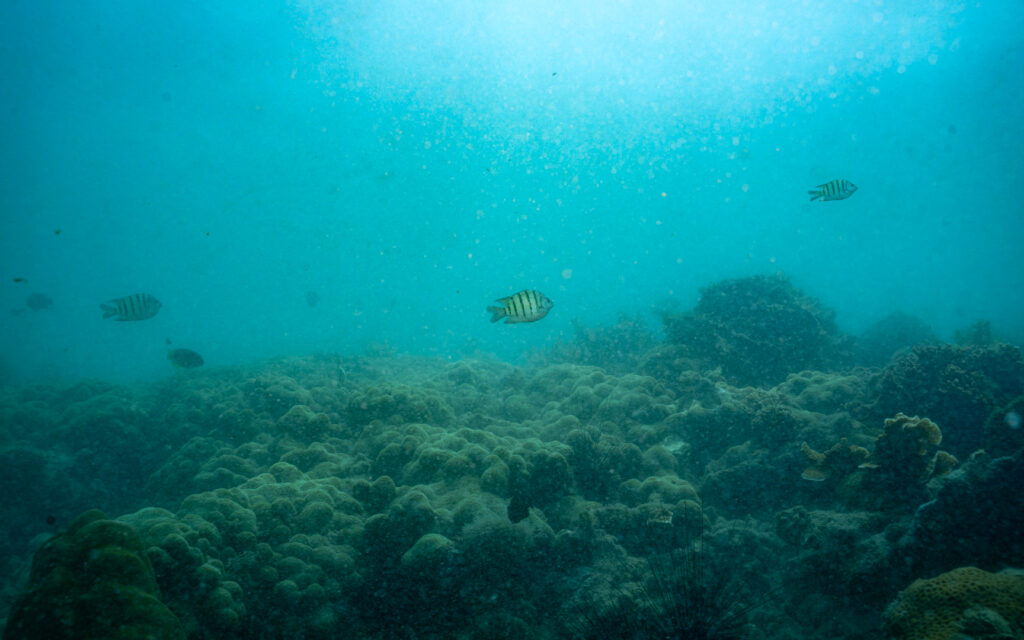
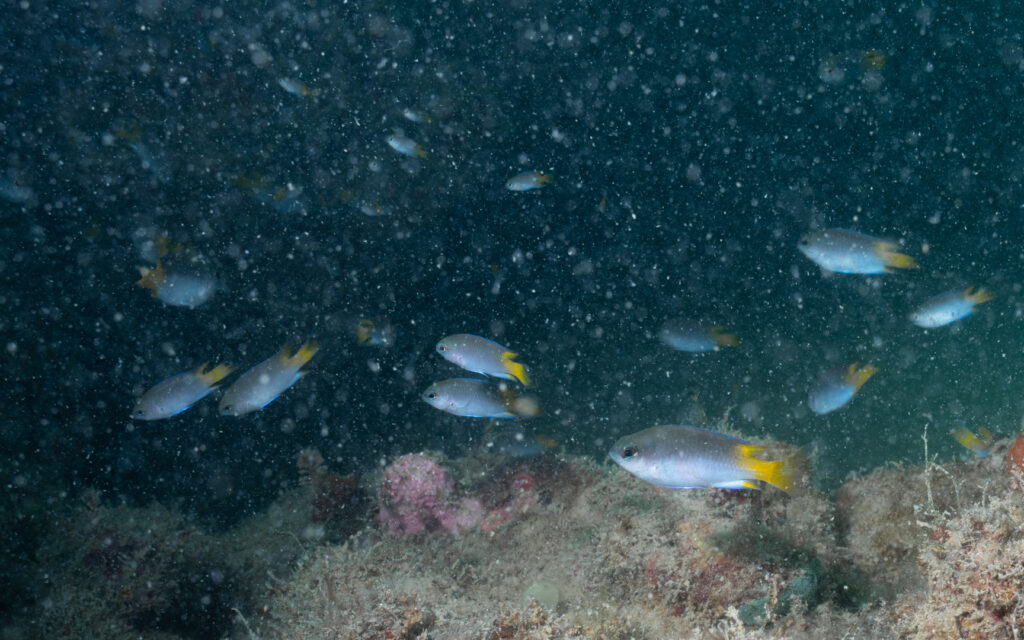
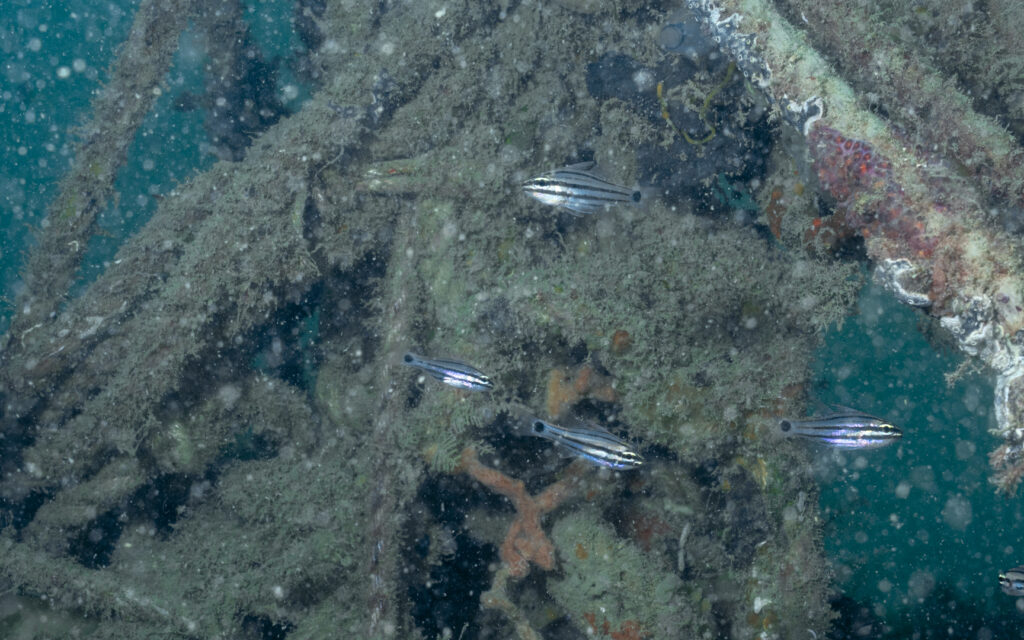
今回使用したレンズのワイド端は24mmですので広角の領域に当たります。そして広角といえば魚群撮影はその醍醐味でありますが、透明度の限られるこの海ではその機会は多くはありません。今回は、根に群れるビオラリボンスズメダイや、光の射す浅瀬を泳ぐテンジクスズメダイなどを観察することができました。ところで、透明度が悪い中動き回るスズメダイをマクロ撮影するのは至難の業ですが、標準レンズは容易く合焦します。これは透明度の悪い海で敢えて標準レンズを持つ大きなメリットかもしれません。
The wide end of the lens I used is 24mm, falling into the wide-angle range. Wide-angle photography is particularly captivating for capturing schools of fish, but in these waters with limited visibility, such opportunities are not very common. During this expedition, I had the chance to observe schools of Yellowtail demoiselle hovering around coral reefs and the sunlight-dappled shallows where Bengal sergeant swim.
By the way, it is quite challenging to capture fast-moving damselfish in macro photography under poor visibility, but the standard lens easily get the focus. This could be a significant advantage of using that series of lens in murky waters.
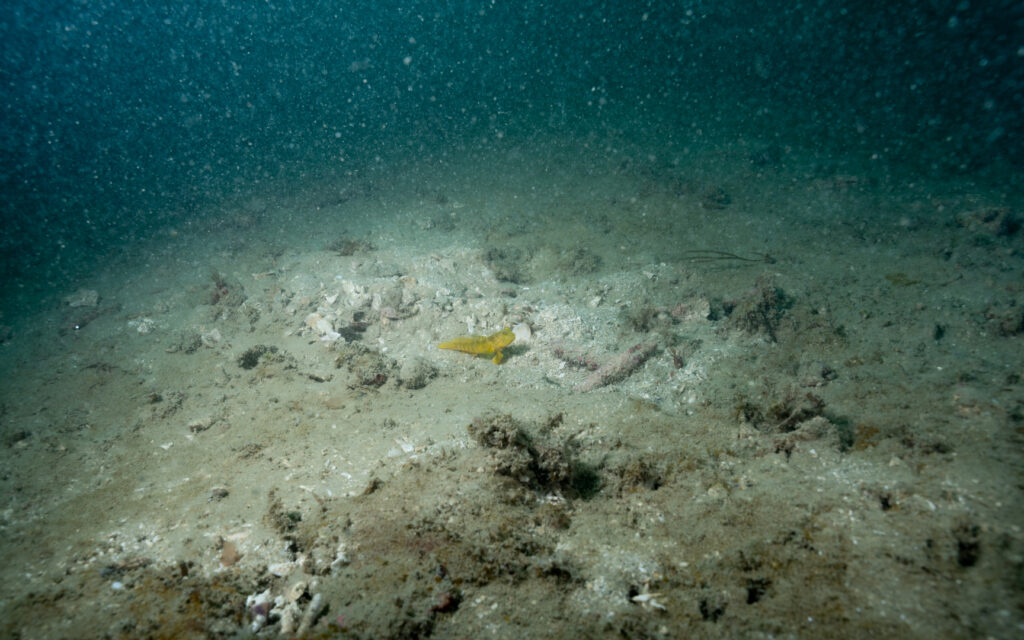
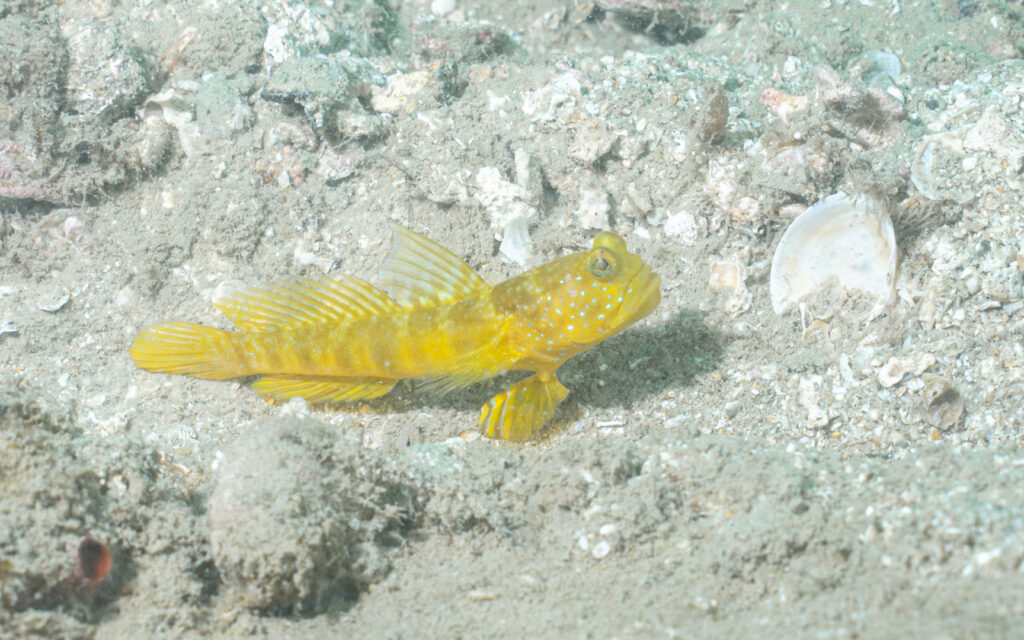
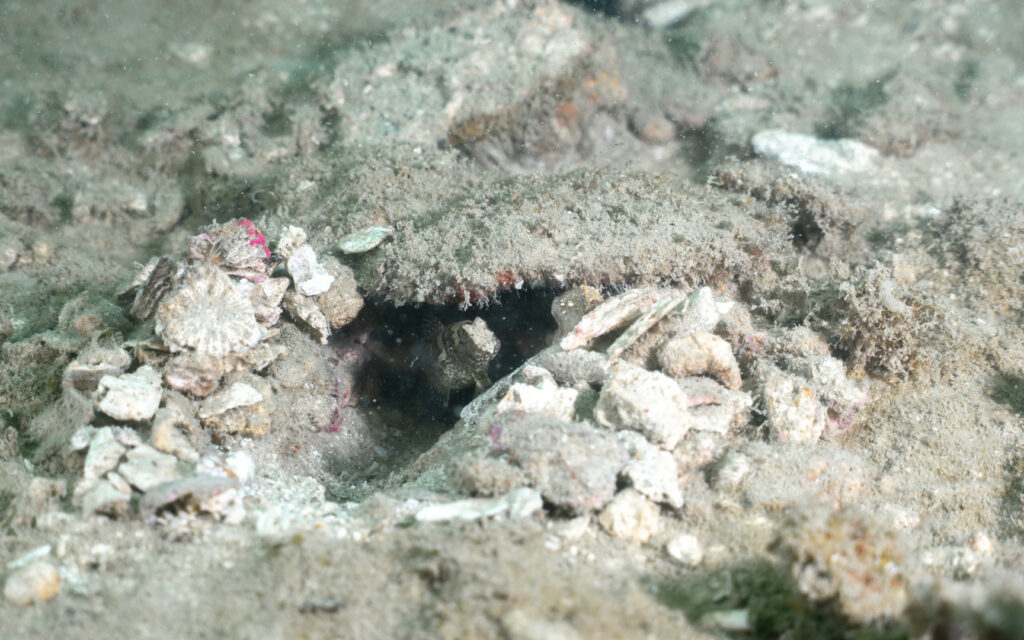
最後に普段撮影しているハゼたちです。引きの写真で見ると生息環境に思いめぐらすことができる一方で、寄ってみると一見マクロと遜色のないくらいまでの写真が撮れているように思いませんでしょうか。テレ端70mmではマクロレンズの距離までは寄ることはできませんので、寄り切ったところでズームギアを回さなければいけないフラストレーションが若干溜まりますし、等倍の解像度には歴然とした差があります。しかしながら様々な可能性を「標準レンズ×水中」に感じることができました。生物にフォーカスをしたい私としては、魚群を撮るのでなければ超広角よりも素晴らしい汎用性を備えたこの選択肢の方が性に合っているような気がしています。
Lastly, I’d like to share photos of the gobies, my favorite and a familiarized subject. When viewing the wide shots, you can see their natural habitat. However, as you zoom in closer, you’ll notice that the photos are almost as detailed as macro shots. With the telephoto end at 70mm, you can’t get as close as a macro lens, which can lead to some frustration. Also in reality, there’s a noticeable difference in resolution when viewing at a 1:1 scale. Nonetheless, using the standard lens underwater has opened up various possibilities for me. I find that this versatile option is better suited to my needs compared to ultra-wide lenses as to focus on marine life.
*1:諸般の事情1 = 広角撮影に使用しているポートにピッタリ収まる標準レンズはこのSigmaであった。Nauticamの高級ポートはそれだけで3-40万円するのでポートへの追加投資をせずにポートフォリオを増やせるのは大きなメリットである。
*2:諸般の事情2 = 近々リーフィー&ウィーディーを撮影する予定があり、標準の画角が最適であると考えたため。成長した個体50cmを超えることもあるようであり、当然90mmマクロには収まらない。またSonyは50mmクラスのマクロの開発を怠っているため、そちらへの投資はしたくてもできないという事情もある。
*3:諸般の事情3 = 撮影時に主体となる被写体の隅々を観察してシャッターを切るという楽しみが超広角にはない。ゆえに少し広角へのモチベーションが失われている。一方で投資したポートを有効活用しなければならないという強迫観念にも似た義務感による。